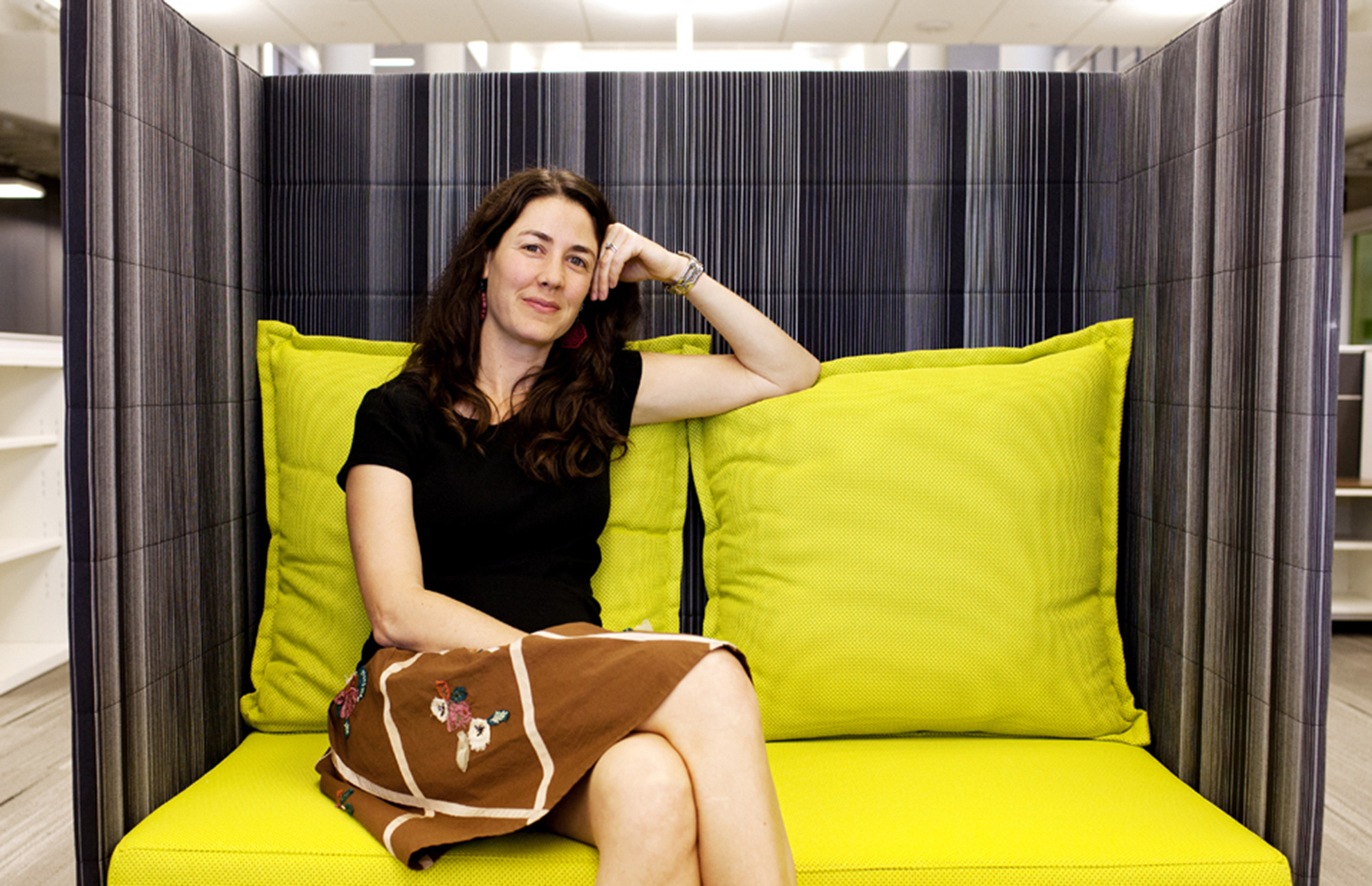Most people think that multi-tasking is finished when you quit your college waitressing job, however, at Career Contessa we know that the true juggling begins after you flip the tassel. Coburn Dukehart, 37, is no exception. As the Picture and Multimedia Editor for NPR, Coburn manages multiple priorities at once—all with picture-perfect execution.
While it took an international journey to discover what suited her best, Coburn’s turning point came while attending grad school for visual storytelling. Since then, Coburn’s career path as a photo editor has taken her from the White House to NPR, with stops at two national newspapers along the way. Whether she’s out shooting in the field or editing at her desk, Coburn is continuing to pursue quality photojournalism in the 21st century.
In a place where the job is constantly changing with the 24-hour news cycle, Coburn is all at once a teacher, editor, visual storyteller and Career Contessa, and, perhaps most importantly, a student. She teaches us that you never stop learning, no matter what stage your career is in.
Her Starting Point
Let’s start at the beginning. What was your first job out of college?
My first job out of college was an internship in London working for a scientific publishing company. My job was page layout and copy editing of scientific articles in PageMaker. I made sure that there were no paragraph breaks or “widows” in the layout. I also scanned photos and inserted them into the articles. I was there on a six-month work visa through the BUNAC exchange program.
Did you always know what direction you wanted to take your career? How did you learn about Photojournalism as a career?
While working in London I took a week-long solo trip to Ireland. I met a woman in the Aran Islands who was a photography student in upstate New York, and was fascinated by her. I had majored in journalism but the subject had never really clicked with me. All of a sudden I had an “aha” moment. I could do photography and journalism, and turn it into a career. My dad was a video journalist, so I must have had it in my blood, but I didn’t realize it until I was in my 20s.
How has having a master’s in photojournalism helped your career? Do you think it’s necessary to have a formal education in order to pursue a career in photojournalism?
Having a master’s degree has been absolutely critical to my career. When I went back to school, I was more focused in what I wanted to do, and what I wanted my job to be like in the long term. When you are taking classes in only one subject in grad school, instead of a wide variety of classes that you are required to take for a liberal arts degree, you are able to become, for lack of a better term, a true “master” of your craft. When you live and breathe it for two years during a grad program, you can’t help but make it a part of your life.
Plus, the connections I made were crucial. I got my first internship out of grad school because of a mentor I met during a workshop there. Without the master’s program at Missouri I never would have made that connection, or been qualified for the internship in the White House photo office.
Tell us how you became the first Photo and Multimedia Editor at NPR.
It was a process that took many years. Out of grad school through a connection I made through the Missouri Photo Workshop I got an internship at the White House. My mentor there, Mike Davis, has guided many people in photojournalism, and we are friends to this day. After that, I got a summer internship at the Washington Post, which led to a job working weekends and night shifts on their photo desk. A year later, I got a job at USATODAY.com as an online photo editor, and three years after that I was hired at NPR. I guess you could say that it took at least five years to get the job, not including two years of grad school, and two years at a job in New York. By the time I came in for the interview, I had many years of experience behind me that I could apply to the challenge of working at NPR.
Her Big Break
Tell us about your daily responsibilities.
My job is a sprint every day—I do so many things. I help with daily news coverage, hire freelancers, do long-term project planning, work with the legal department on copyright issues, interview and write for the Picture Show blog, work with the communications team, work with the design department, do visual story planning with the desks and shows, do training and answer many, many, many emails. But mainly, my job is to help get good quality visuals that tell a story on the NPR website, and all of our affiliate platforms.
How did your previous experiences, both professional and personal, pave the way for your role at NPR?
I think the best experience I had was as a waitress in a busy restaurant. Juggling multiple orders and dealing with the kitchen when you are slammed is the best comparison I have to working at NPR. You have to help everyone, perform a variety of tasks, keep it all straight in your mind and serve people a good product every single day.
A large part of your job is storytelling through photos. Can you tell us more about that process?
This is a hard question to answer—so much of it depends on a gut feeling. I like to credit Mike Davis for teaching me a process that I refer to as “Zen Editing”—you just know that an edit is right by the way it feels. It feels natural which picture goes first in an edit, and which goes last. The rest of the pieces fall into place like a complex puzzle. You just keep moving the pieces around until they click into place. There is always a solution; you just have to work to find it.
I know that sounds wacky, and yes, ultimately it’s about image diversity, composition, light, moment and mood, but on a deeply emotional level, you have to feel what is right.
Your work includes photo stories covering a variety of topics. Do you have a favorite focus area? How do you stay creatively inspired?
Working at NPR affords me the luxury of learning about a variety of topics I never would have been exposed to before. Before I can tell a story in photos, I have to understand the story I’m trying to tell. A lot of my job is reading and doing research to understand complex issues—only then can I look for the right pictures to complement the radio or text piece. I love learning new things, no matter what the topic is. I’m more partial to science stories, or anything involving human interest, behavior and emotions.
I stay creatively inspired by always trying to have a project of my own that I’m working on. Much of my job is helping to illustrate other people’s reporting, so it’s important to also have personal projects.
You’ve been the Photo and Multimedia Editor at NPR for over five years! It’s rare to meet someone who has that much longevity at a job. What are the pros and cons of being with the same company?
I feel like I know people in so many different parts of the building, and have really good relationships throughout the shows and desks. So much of what I do relies on personal relationships, and those are only built over time.
I also have an amazing group of colleagues on my team who have been here almost as long as I have. We have a rhythm, and we work really well together. It’s a special thing that only happens over time, and because our jobs are so diverse and technology changes so fast, I feel like I am always learning and doing something different so I never feel bored or stuck. I feel like I still have tons to learn to be better at my job, and that’s a good place to be. Plus, we have a boss that supports us learning new things and stretching our creative spirits—it’s good to have someone above you who can support you and have your back when you need it.
What’s the most difficult aspect of your job and why? What’s your favorite?
The most challenging part is not having enough time in the day to get everything done. Because I have a child, I have to leave at the same time every day, on the dot, whether I’m finished or not. It makes me more productive, but ultimately means there is work I have to leave for the next day.
My favorite part of my job is when I get to go out and take pictures. As an editor, I spend a lot of time behind my desk but it’s good to remember why I fell in love with photojournalism in the first place.
Her Perspective
Juggling a family and a career is not easy! How do you find balance?
There is no balance. There just isn’t. You always feel like you are sacrificing something. I try to be a good mom and feel like I’m neglecting work, and vice versa. Mostly I just try to give 100% to my job when I’m in the office and the same when I’m at home. There’s no easy solution, you just do the best you can. Luckily, I have a wonderfully supportive husband who helps out with everything.
What kind of guidance would you give to an aspiring photojournalist? Where can they start their career?
I do think that going to grad school is a great way to get a foothold in the industry. Use that time to meet as many people as you can and show everyone your work. Be professional at all times. Every interaction is a job interview, no matter how informal it seems. People will remember you when it comes time to hire for internships and first impressions can mean a lot.
If you are not in school, do as much networking as you can—show your work and try to meet people in the industry. There aren’t a lot of full time jobs out there, but if you are freelancing you can still do well by having good connections.
How do you plan to continue developing as an artist?
I want to learn how to be a potter. That seems really relaxing for some reason. That, or a yoga teacher.
Combining your passions and career is tough. What advice would you give women trying to figure this out?
Do what you love. Life is too short to spend it on a career that you don’t like. Talk to everyone you meet about what they do and why they love it. Figure out what inspires you and find a way to do it, no matter how hard it may seem.
You May Also Like
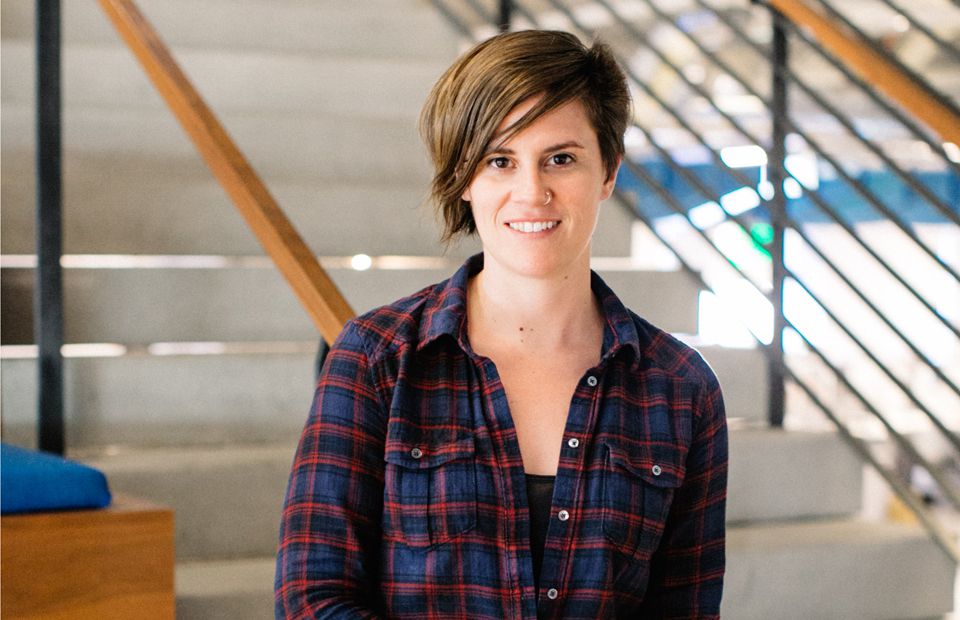
Media
How to Use Positive Reinforcement at Work—and Other Advice from a Pandora PM
"My advice to anyone who wants to get into product management is: check your ego at the door."
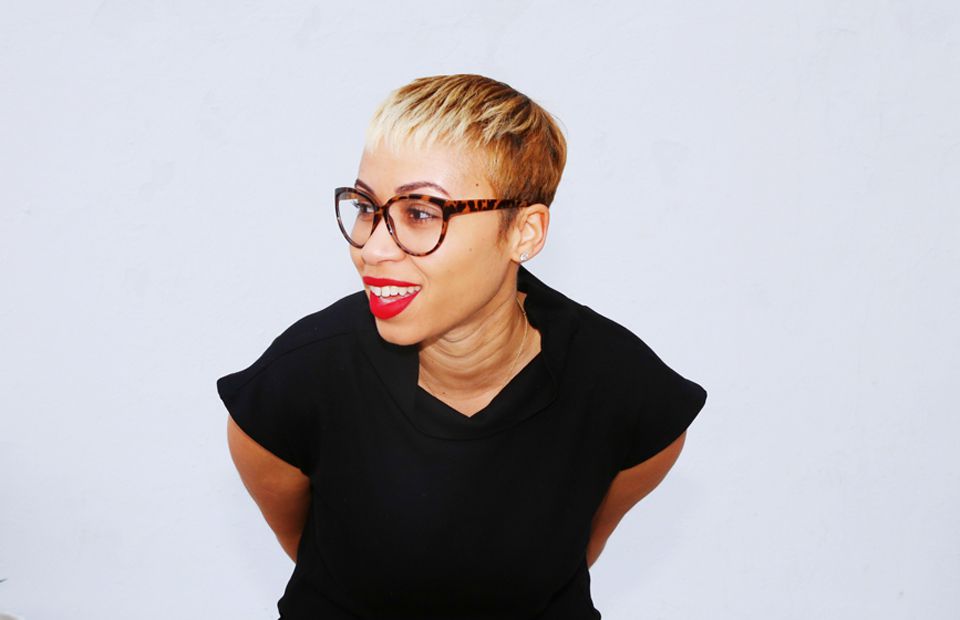
Media, Communications + Public Relations
How to Take Risks, Make a Switch, and Find a Career You Love—From a Woman Who's Done It 4 Times
Making your wildest dreams come true starts with understanding yourself—and Ahyiana Angel can help.
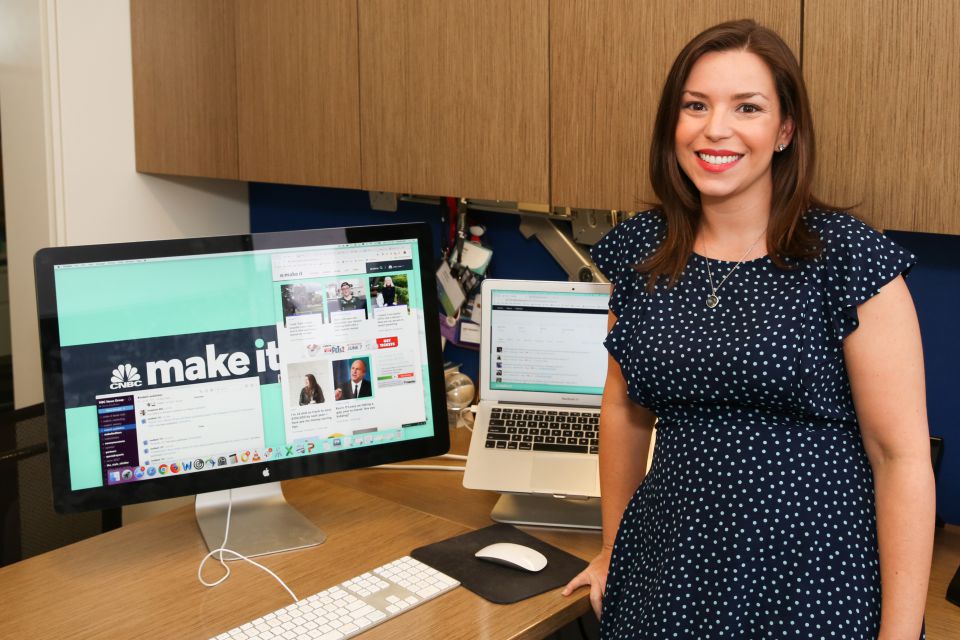
Communications + Public Relations
Creating Content That Empowers Audiences with CNBC's Digital VP and Managing Editor
This week, we interviewed Jenna Goudreau, the VP and managing editor of CNBC Digital. Let's learn how she keeps her powerhouse content creation machine going.
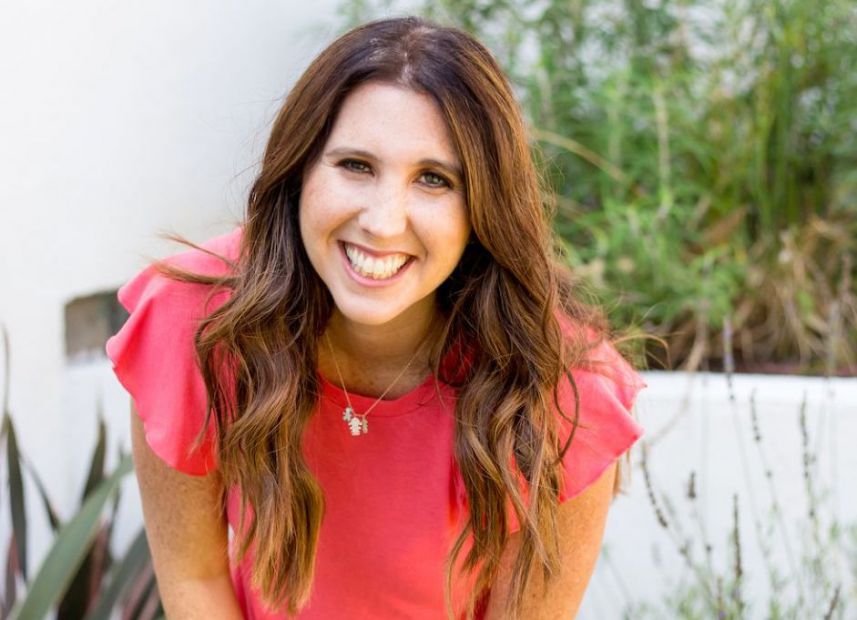
Entertainment
Working Creatively From Home with Cathy Heller
Cathy Heller is a singer, songwriter, entrepreneur, mother—and now, an author. Determined to lift others up to the "happiest versions of themselves," this queen of the hyphenated job title, leads by example. She shared how to build a fulfilling career in a creative field—all while working from home.
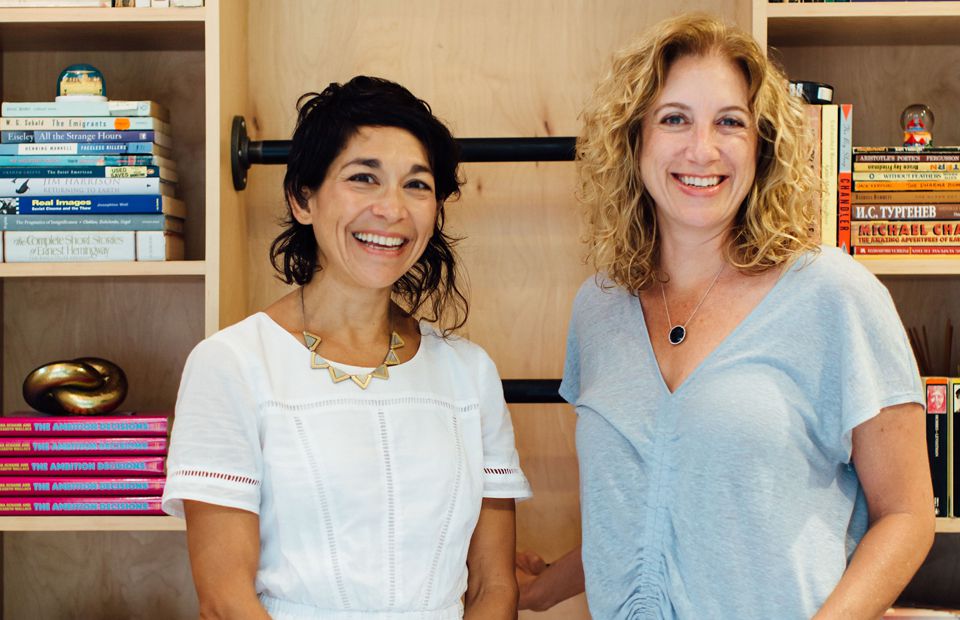
Media
Women, Work, and What It's Like to Write With Your Best Friend—From the Authors of The Ambition Decisions
"We should all give ourselves permission to challenge the things we think can’t be challenged."
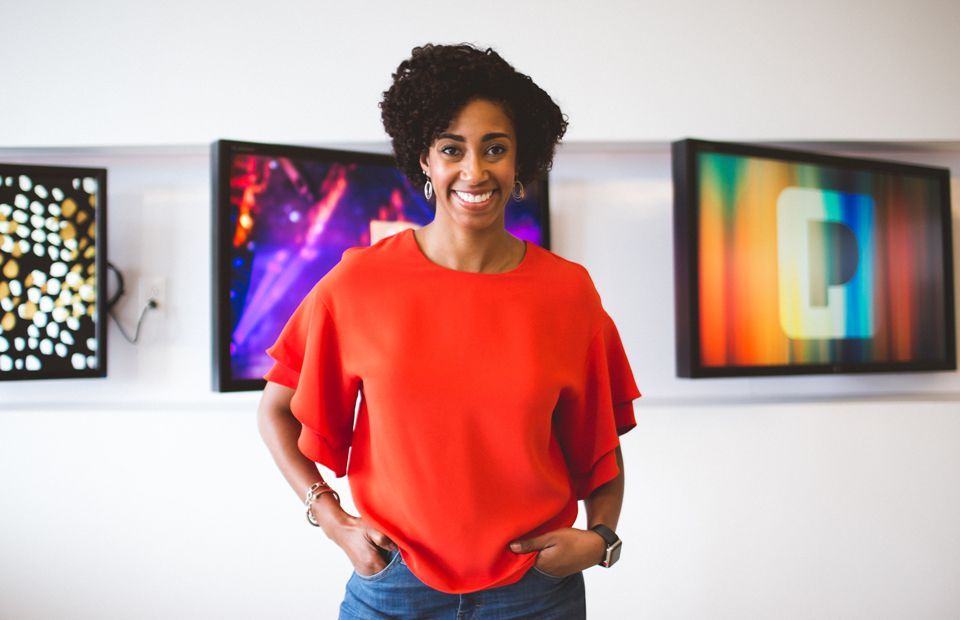
Media
A Director at Pandora on Staying Present, Celebrating Others, and Learning From Failure
"Share your wins, but most importantly, share what your growth areas are, share when you fail, share how you bounced back."
Get the Best Career Advice Delivered To Your Inbox
Join our newsletter to stay in the loop.
